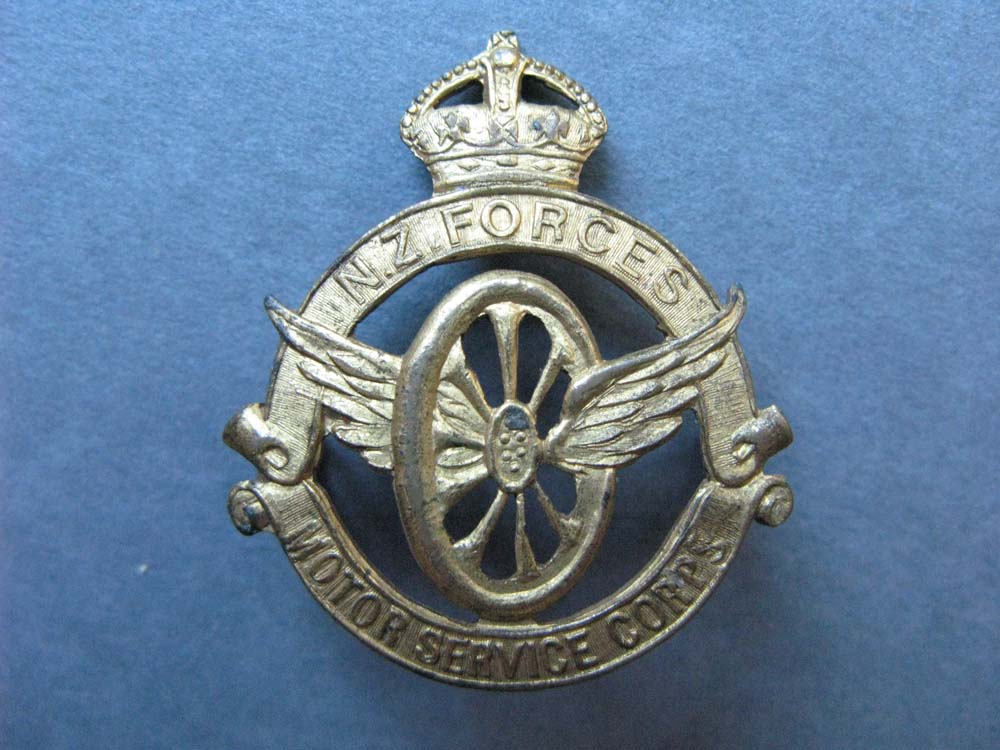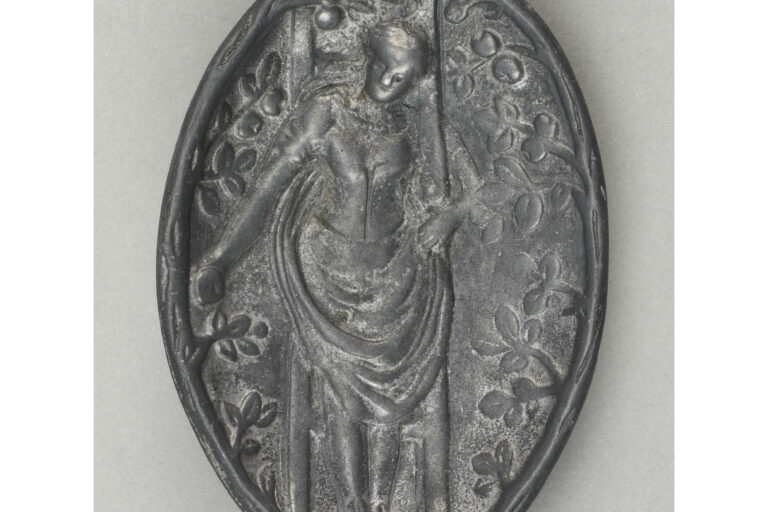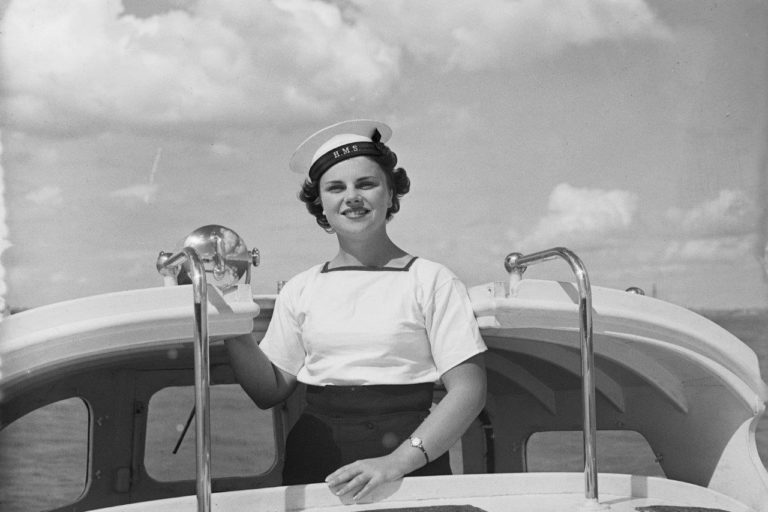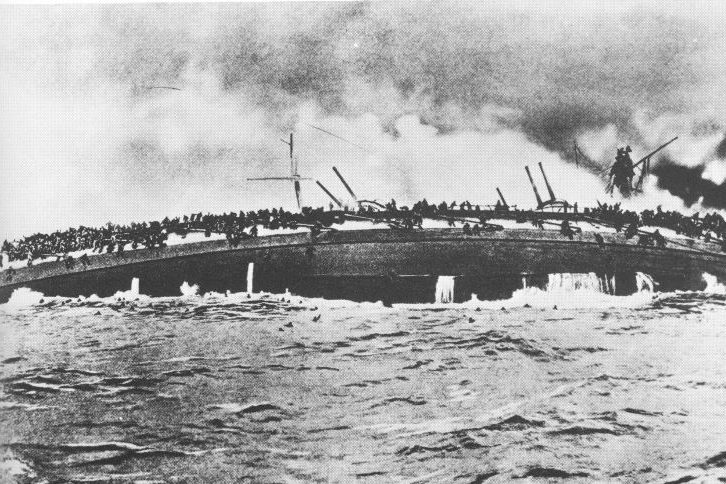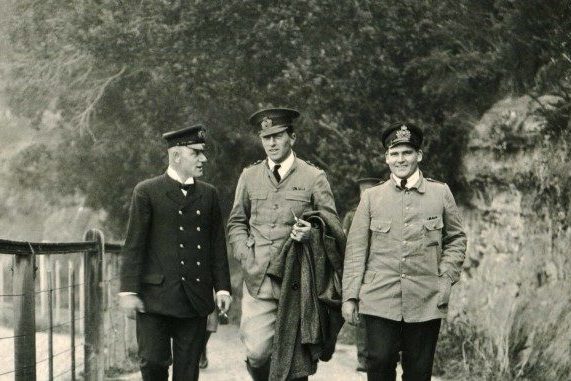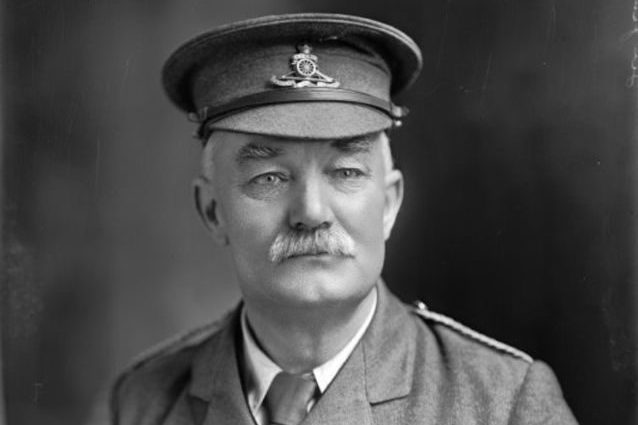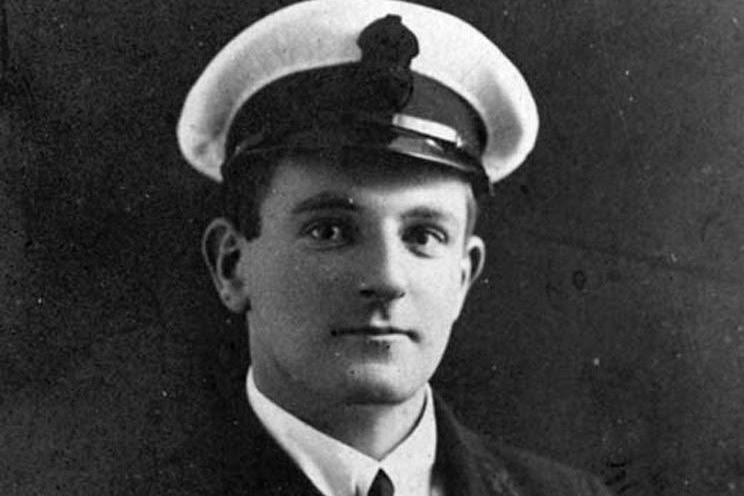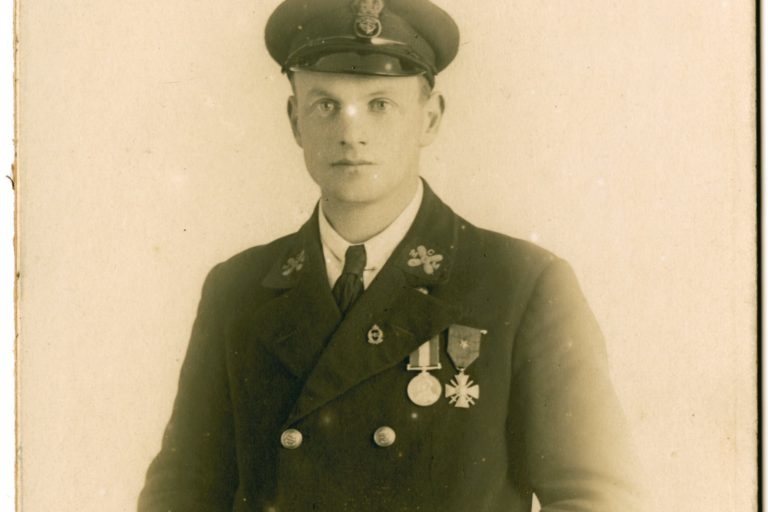Throughout the war the defence of the country’s harbours was ever in the mind of the Government.
This saw the establishment of a Yachtsman’s Naval Defence Force, a motor boat section of the Motor Service Corps, an Examination Service and an attempt to develop an aerial maritime reconnaissance capability.

As early as 1913, a scheme for setting up a Yachtsman’s Naval Defence Force was developed and enthusiastically embraced by the yachtsmen of Auckland, who began training.
In April 1914 the proposal was laid before the Prime Minister by Captain Asa Whitney of Auckland but was not taken up.
With the outbreak of war, the President of the Force placed its men and their boats at the disposal of the Government.
By an administrative error the Government’s affirmative response in respect of power boats was sent to the Auckland Power Boat Association, which immediately placed their boats at the disposal of the Government.
The matter then lapsed until March 1915 when the Auckland Power Boat Association sent virtually the same letter to the Minister of Defence.
Following further correspondence on the details of the vessels and personnel available it was decided that a Motor Boat Section should be formed as a part of the Army’s Motor Service Corps and this was gazetted on 4 June 1915.
The uniform for both the Motor-car Section and the Motor Boat Section was the same, despite attempts to have a more ‘naval’ uniform for the Motor Boat Section. Additionally a special flag was approved, being a Blue Ensign with a red propeller bordered with white on the fly.
Although the ports were not patrolled, there was still a need to check that all vessels entering harbour were what they seemed.
This was achieved by the institution of an Examination Service. Prior to entering harbour vessels had to stop off the entrance in a special anchorage which was covered by the shore guns and an officer then boarded the ship to check its papers.
There was a Chief Examining Officer in each port (usually the harbourmaster) with two Assistant Examining Officers. The examination service was implemented in the four main ports on 2 August 1914, following instructions from London.
In December 1914, following the destruction of the German East Asiatic Squadron, there was a discussion with London about suspending the examination service and reducing the garrisons of the coastal defence guns.
This was eventually implemented on 18 March 1915, after the sinking of SMS Dresden, the last German warship in the Pacific.
The examination service was resumed on 1 March 1916 when it was found that the German raider SMS Wolf was in the Pacific and remained in force until 1 December 1918.
The inability of New Zealand to do anything against a German raider, not even to report its movements was keenly felt by the Government.
Attempts were made to get suitable ships deployed to New Zealand, without success. With the Government pressing the matter, in mid-1918 the Admiralty suggested the use of air patrols.
Further communication revealed that three large seaplanes would be required, but that they could not be acquired from Britain or Canada, but might be available from the United States.
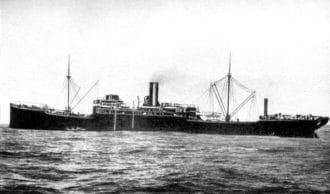
This was taken-up and the British Government was asked to approach the United States for the cost and availability of three aircraft.
The response was quick, to the effect that the Air Council advised that aircraft production was down, and that it was not advisable to approach the United States at that time as all aircraft were required for immediate operational use. There the matter ended.
Throughout the war the main defences of the major ports were the gun emplacements built in the 1880s, although in Auckland a new feature was the rigging of an anti-torpedo net across the gate to the Calliope dry dock.
As part of the original defence scheme the harbours had also been defended by controlled minefields, which had been removed as obsolete in 1902.
In 1917 serious consideration was given to re-activating this means of defence, but lapsed because of the difficulties and costs involved in refurbishing the mines and a lack of trained personnel.

